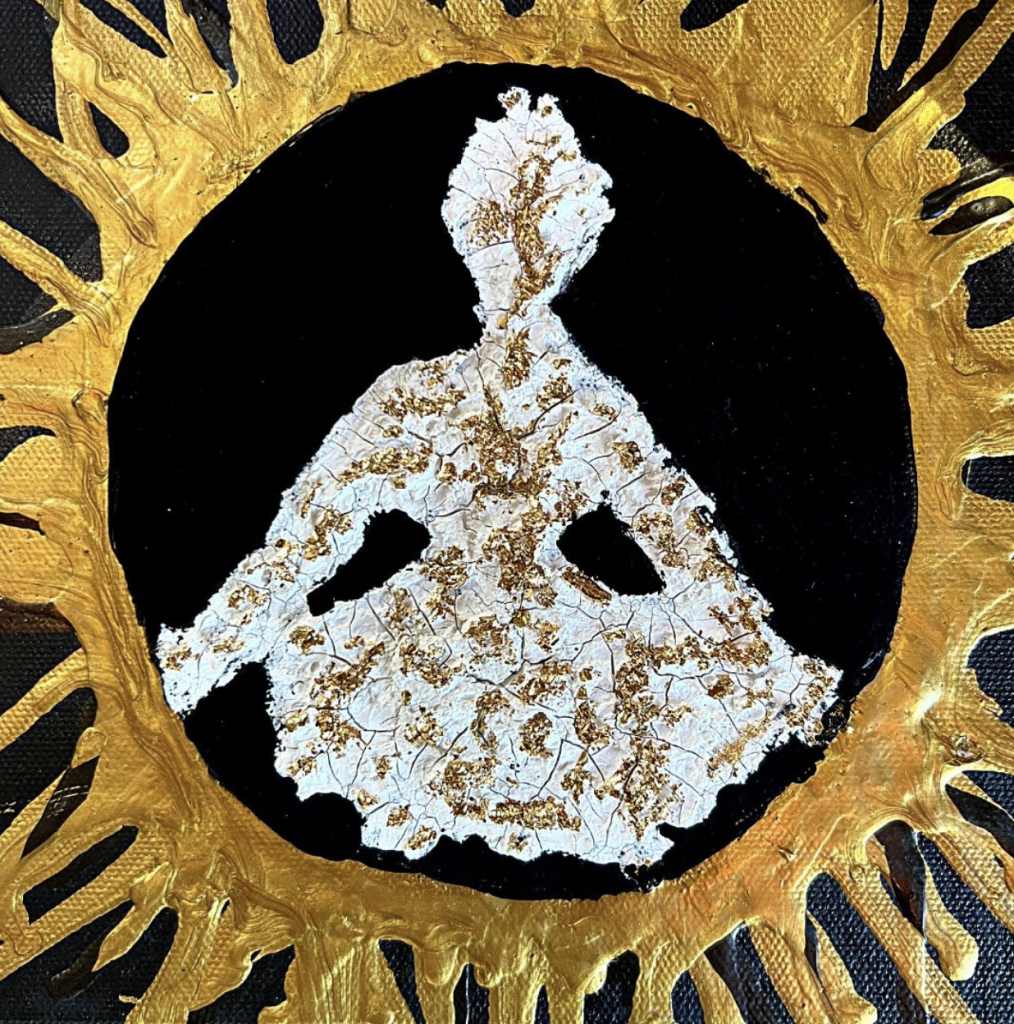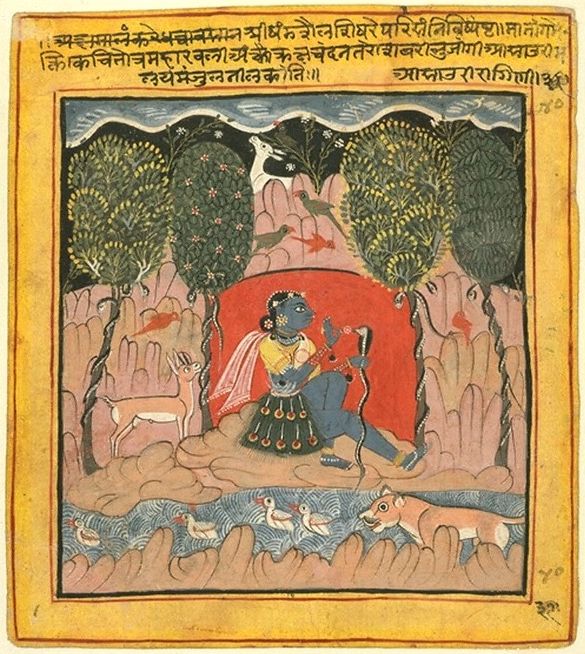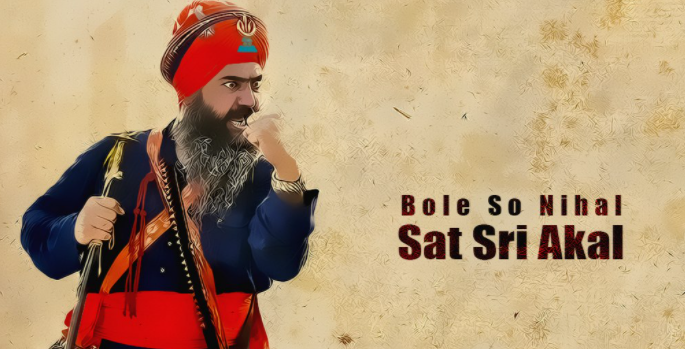Explore 'ahankar,' the concept of ego in Sikhism, its impact on spiritual life, and remedies like humility and seva for overcoming this human frailty.
Dive into the history of ascetic practices in India, a cornerstone of spiritual culture emphasizing training the body and mind for ultimate liberation.
Discover the deep meaning and history behind the Sikh jaikara, 'Bole So Nihal, Sat Sri Akal,' a powerful expression of joy and divine victory.
DALLA. BHAI, a devout Sikh of the time of Guru Arjan. Once he, accompanied by Bhai Bhagirath, BhaiJapu and Bhai Nivala, waited upon Guru Arjan and begged to be enlightened whether Guru Nanak worshipped God in the nirguna, the unattributed, or saguna, the attributed form. The Guru, as says Bhai Mani Singh, Sikhan di Bhagat Mala, replied, "Guru Nanak was the worshipper of the Name, nam, which covers both these attributes of God. You, too, should practise nam and seek refuge in the sangat." Bhai Dalla and his companions were gratified to receive the Guru`s precept.
DHARAM CHAND, son of Lakhmi Chand and grandson of Guru Nanak. According to Gurbilas Patshahi Chhevin, he received Guru Hargobind when the latter, along with Bhai Gurdas and Bhai Bhana, went to Kartarpur which Guru Nanak had made his dwelling place during the last years of his life. Dharam Chand received the Guru and his entourage along with other persons of the Bedi clan, with honour. Guru Hargobind made him an offering of a horse and five hundred gold mohars.
Explore the detailed versified biography of Guru Nanak by Sukhbasi Ram Bedi. Discover the rich history of Guru Nanak and his descendants.
Explore Japu, the core Sikh scripture by Guru Nanak, revealing Sikh philosophy. Learn about its role in meditation and spiritual practice.
Dive into the Khuiasat Uttwarikh, a 17th-century Persian chronicle by Sujan Rai Bhandari covering Hindu and Muslim kings and the Sikh faith.
Learn how Bhai Malo and Bhai Manga, notable Sikhs of Guru Nanak, embraced kirtan and katha over austerities, enriching their spiritual journey.








